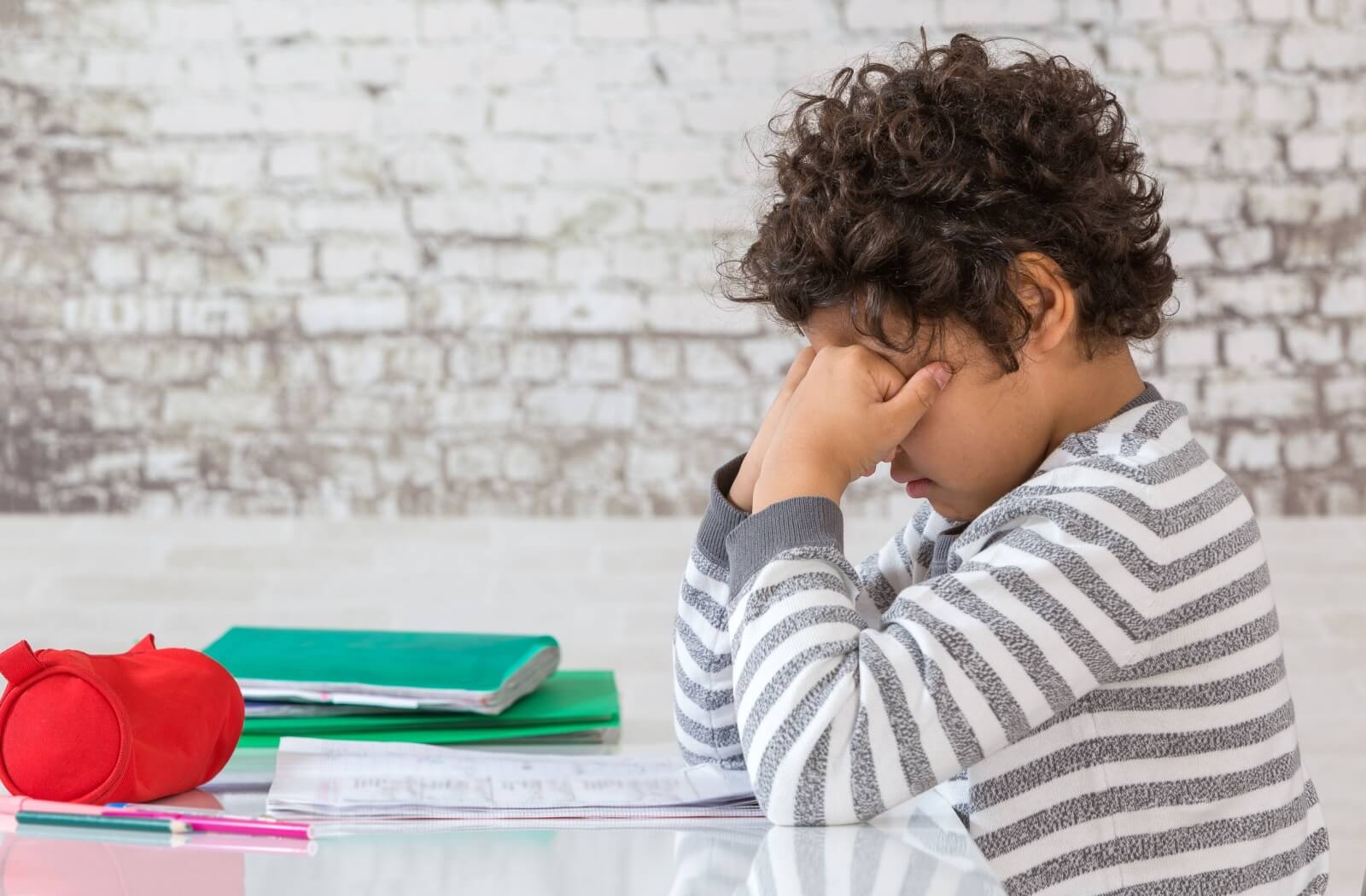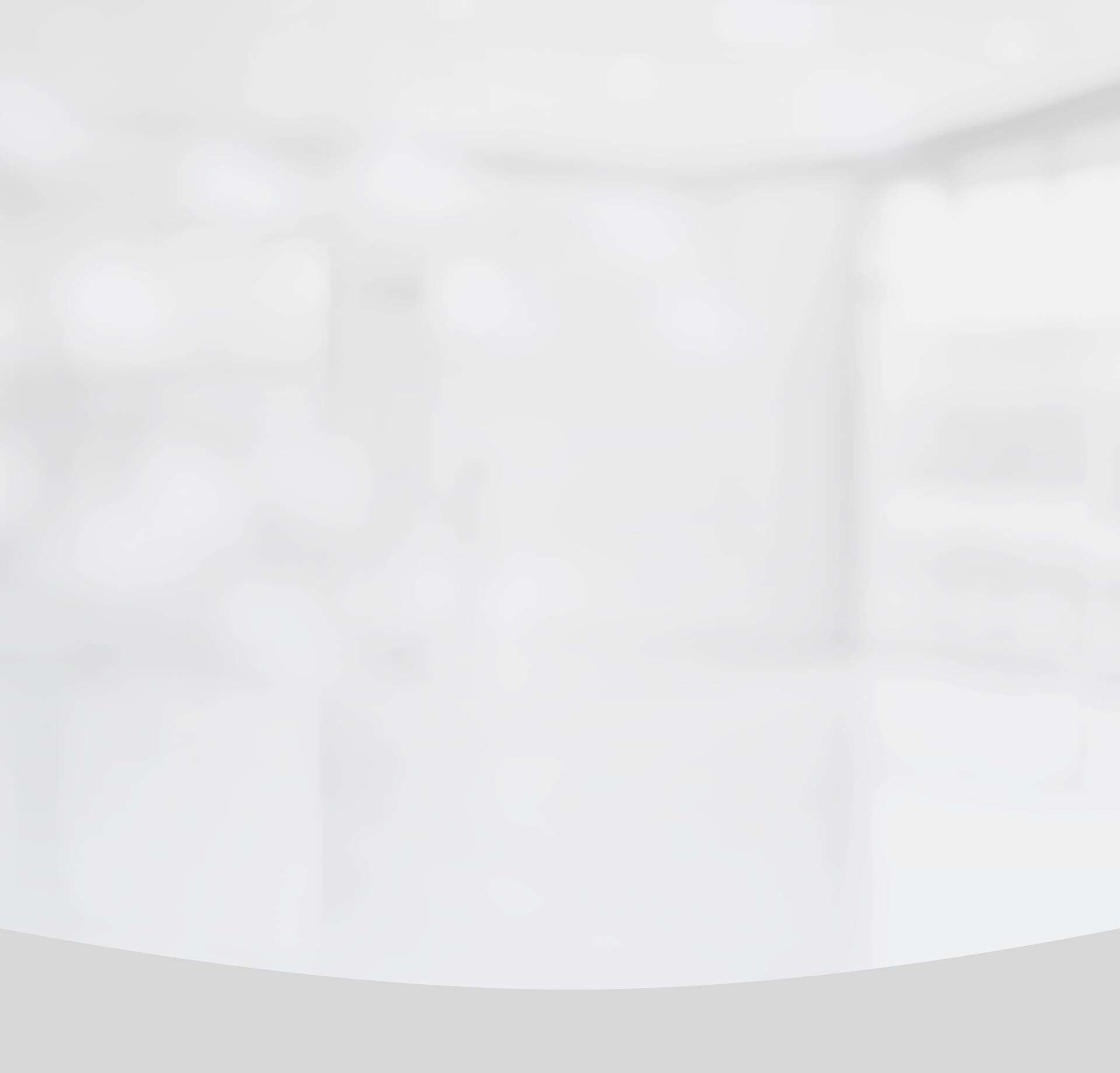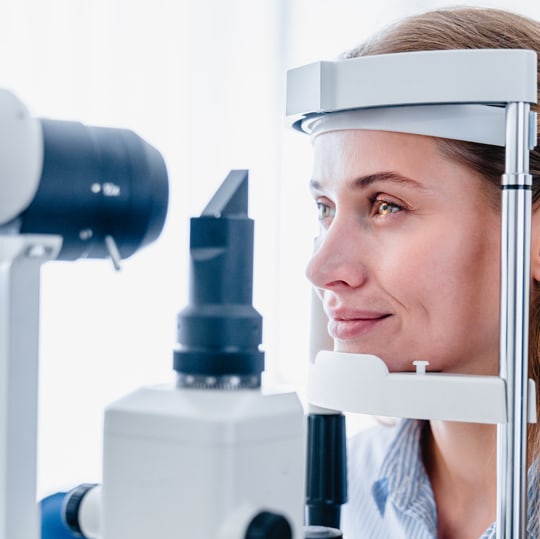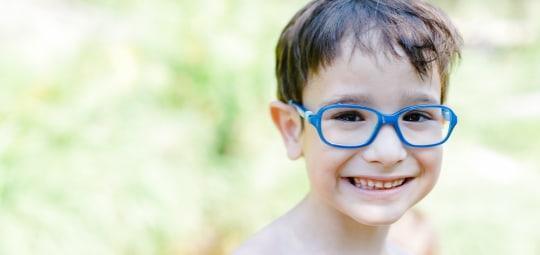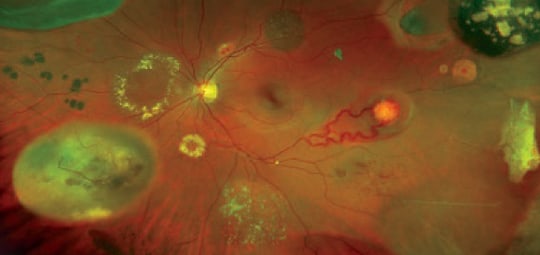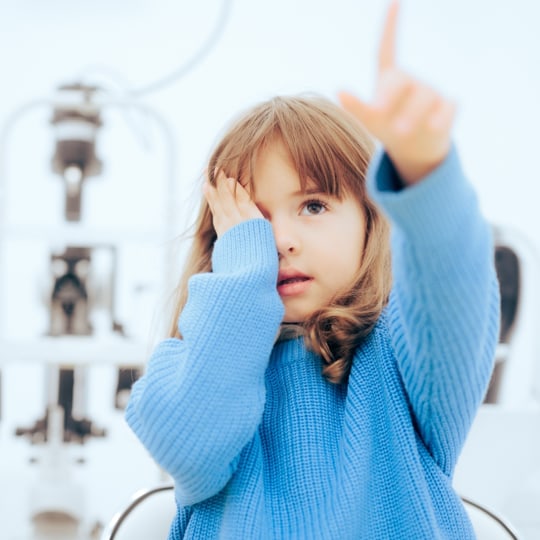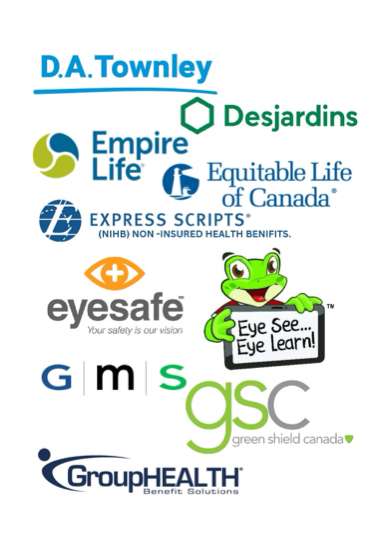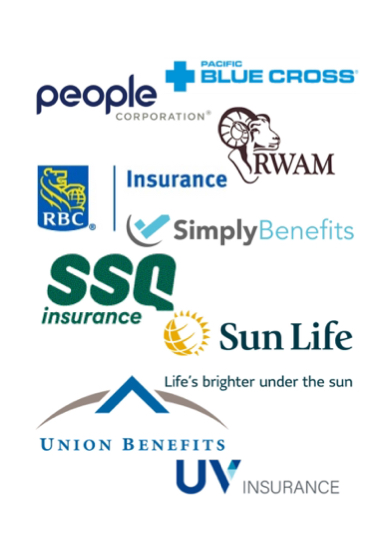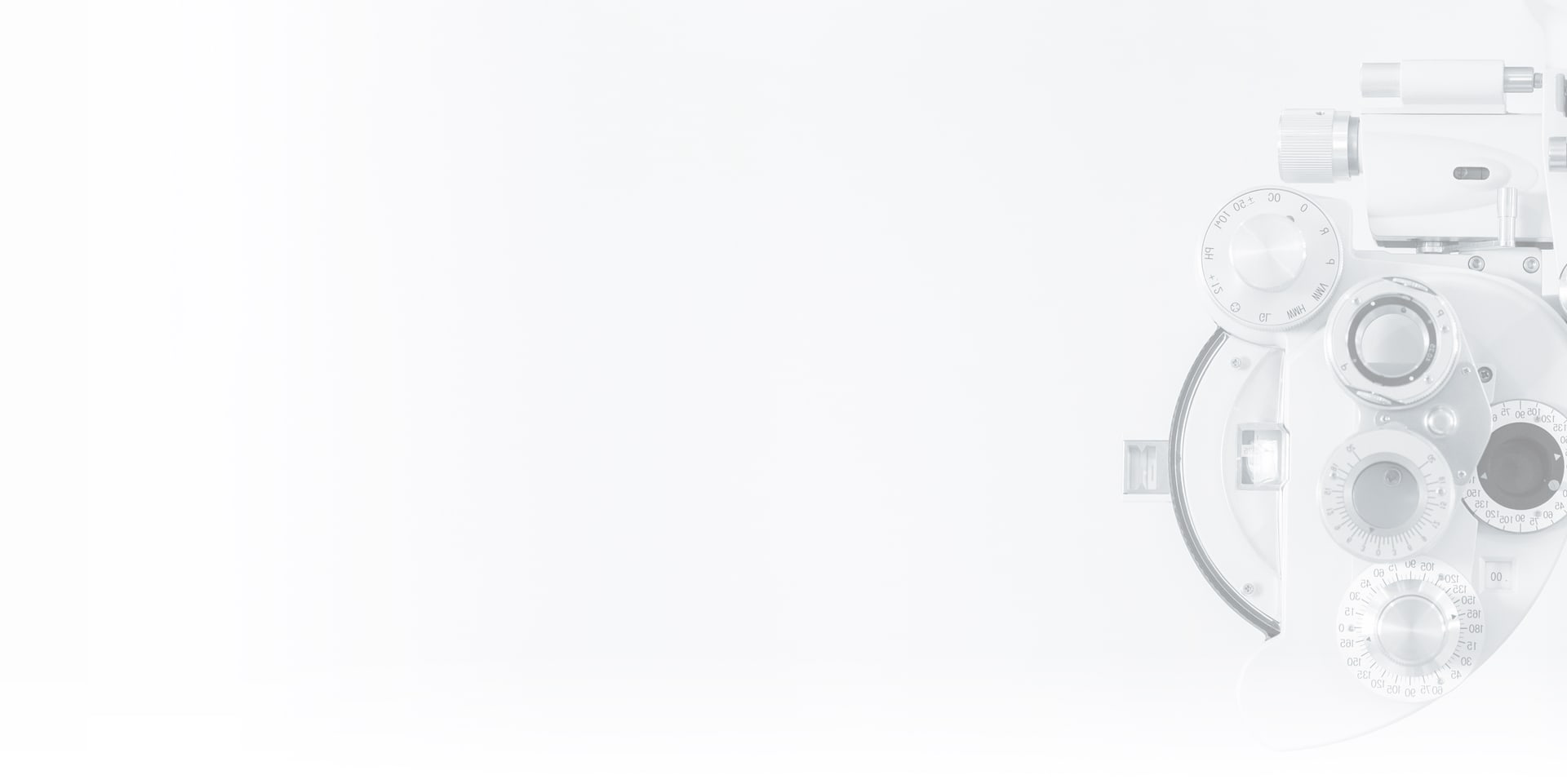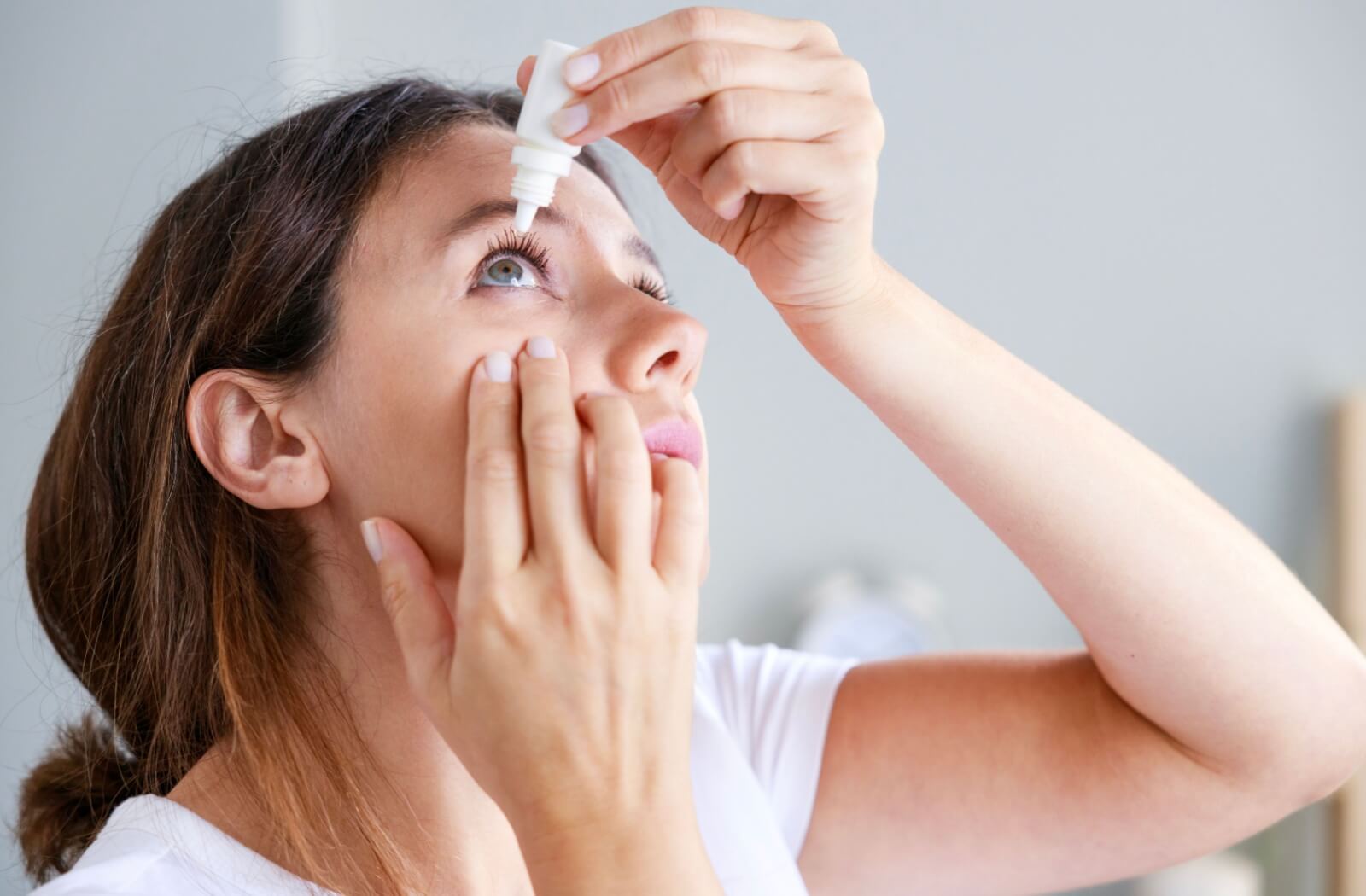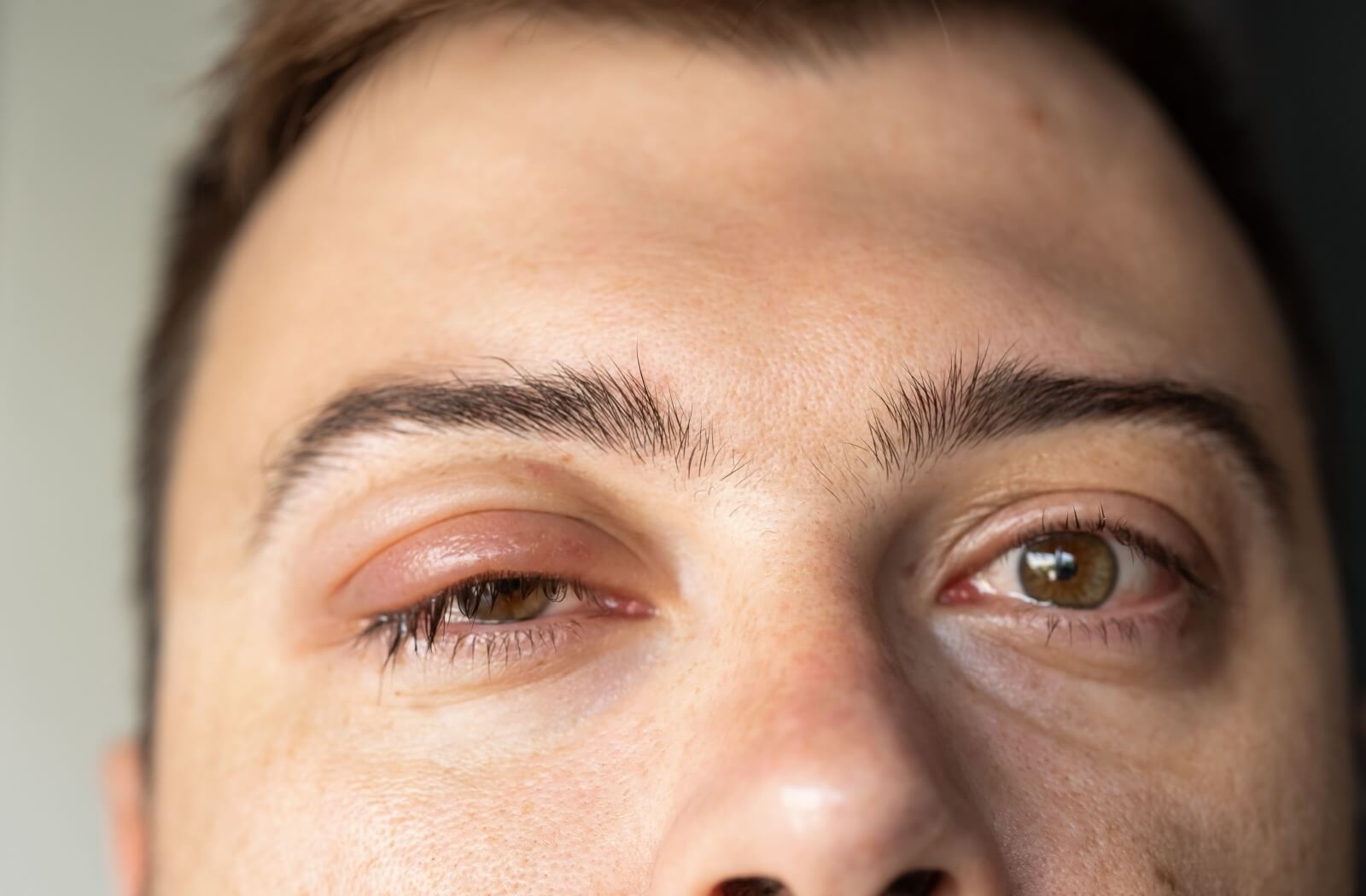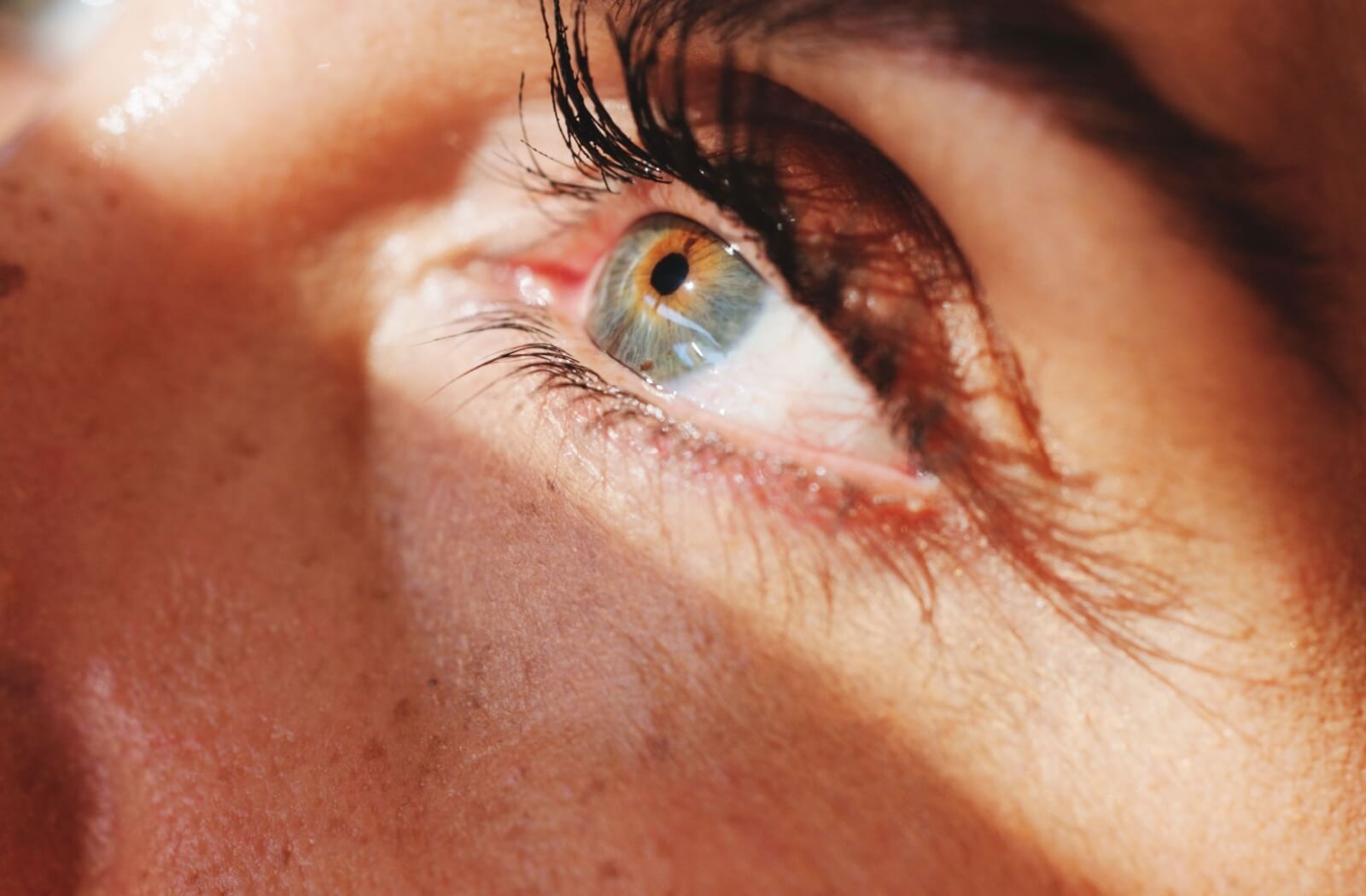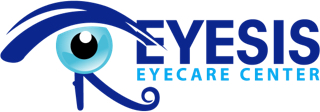Myopia, or nearsightedness, is becoming increasingly common in today’s digital age. Children may not be aware they have myopia. However, regular children’s eye exams can diagnose myopia.
While you can’t cure myopia, myopia control measures can help prevent progression. With the rise in screen use and indoor activities, especially among children, understanding myopia and its implications has never been more important.
What is Myopia?
Myopia is a refractive error where you can see close objects clearly, but distant ones are blurry. In a normal-shaped eye, light entering focuses directly on the retina (the light-sensitive tissue at the back of the eye) to form a clear image.
This condition happens when light entering the eye is focused in front of the retina rather than directly on it, leading to blurry distance vision. Myopia typically occurs due to an irregularly shaped eye. The elongation of the eyeball or an overly curved cornea causes light to focus incorrectly. Common symptoms of myopia include squinting, eye strain, headaches, and difficulty seeing at a distance, such as when reading a whiteboard.
Myopia is a hereditary condition. If one or both parents are myopic, children are more likely to develop myopia. Environmental factors are also at play; prolonged near tasks like reading, studying, or using digital devices can increase the risk of developing myopia.
Besides genetics and excessive close-up tasks, limited outdoor activity is a significant factor. Natural sunlight exposure can help in eye development, and children who spend more time outdoors tend to have lower rates of myopia progression.
Can Myopia Be Cured?
There is no cure for myopia. Since myopia develops in early childhood, and as the child grows, the eye grows too, resulting in an increased amount of myopia with eye growth. While there is no way to cure or reverse it, myopia control strategies can help manage myopia and prevent progression.
Importance of Early Detection
Early detection is key to managing myopia, especially in children. Regular eye exams can help catch myopia early so it doesn’t affect their learning and daily activities. Early detection is also important for implementing strategies to slow its progression.
Without treatment, myopia can worsen to high or severe myopia, and the an increased risk of sight-threatening eye diseases later in life, such as:
- Retinal Detachment: When the retina pulls away or detaches from the tissue around it at the back of the eye. It can affect your vision and lead to vision loss.
- Cataracts: Clouding of the naturally clear eye’s lens, which can affect your vision.
- Glaucoma: Is an eye condition that results from increased pressure in the eye that causes damage to the optic nerve at the back of the eye.
- Myopic Maculopathy: Results from anatomical changes in the back of the eye, such as overstretching and thinning of the retina and degeneration of the cells in the macular from an elongated myopic eye.
Myopia Treatment Options
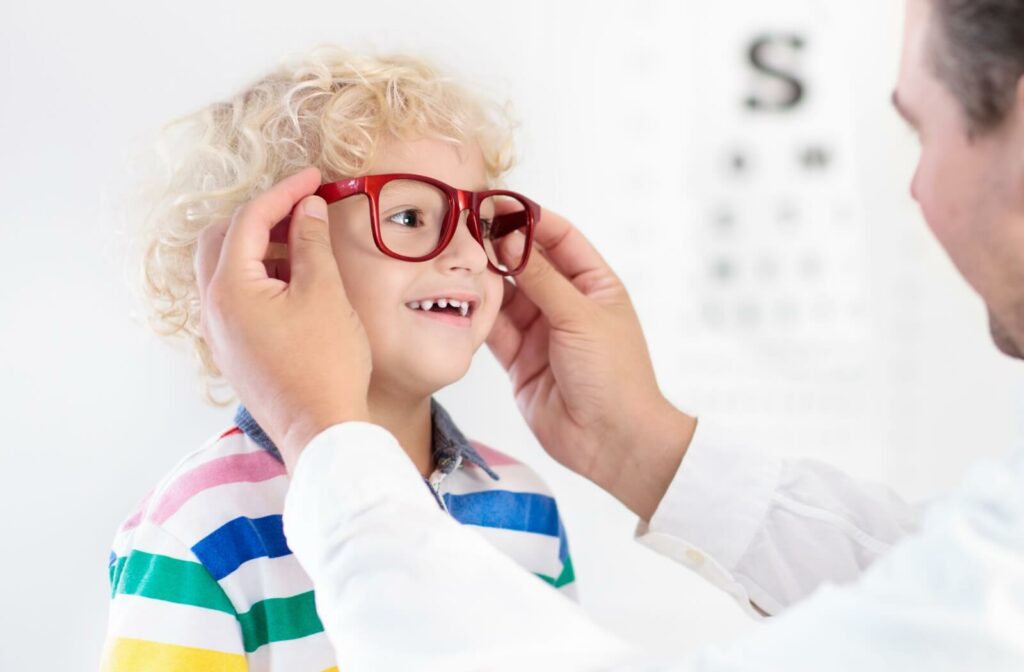
Current myopia treatments focus on correcting vision. Glasses and contact lenses are the most common solutions, providing clear vision by altering how light enters the eye and focusing it on the retina. Refractive laser eye surgery, such as LASIK, reshapes the cornea to correct myopia but isn’t done in children and doesn’t prevent myopia progression.
Myopia Control Strategies
Myopia control methods can provide vision clarity and slow myopia progression by slowing the growth of the eye to reduce the risk of myopia complications later in life. Myopia control methods can include:
- MiSight Contact Lenses: These daily disposable contact lenses worn during the day provide clear vision and can slow the progression of myopia.
- Myopia Control Lenses: Myopia eyeglasses lenses for children provide visual clarity and can slow myopia progression.
How to Prevent Myopia
Parents should book regular eye exams for their children regardless of symptoms, especially if there’s a family history of myopia. While you can’t control the genetic part of myopia, you can manage the environmental factors that contribute to the development of myopia.
Encouraging outdoor activities and limiting screen time can significantly impact myopia management. Parents can help children balance their time between close-up tasks and outdoor play and encourage breaks during prolonged near tasks. Adequate lighting while reading or studying can reduce eye strain and help maintain good eye health.
Protect Your Eyesight & Eye Health
While myopia can’t be cured, it can be effectively managed with early detection, lifestyle adjustments, and innovative treatment options. Understanding the difference between curing and controlling myopia is essential for setting realistic expectations and goals.Parents play a pivotal role in managing their children’s myopia and making sure they receive the right treatment as early as possible. If your child hasn’t had an eye exam in the past year, book an appointment with Eyesis Eyecare, a proactive step in protecting their eyesight and eye health.


